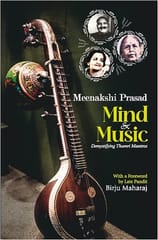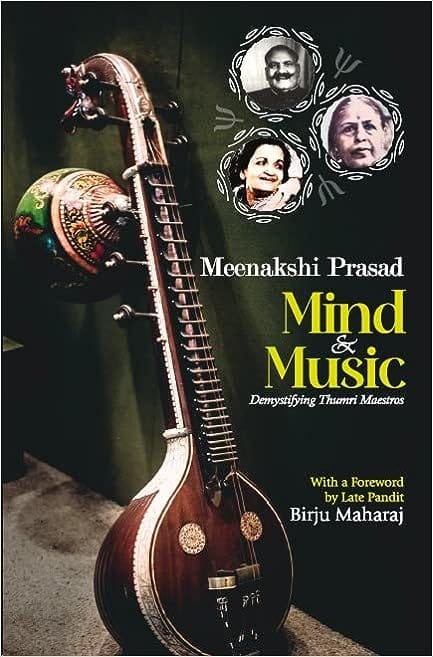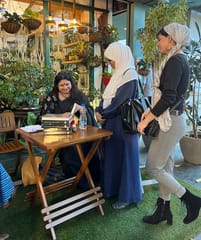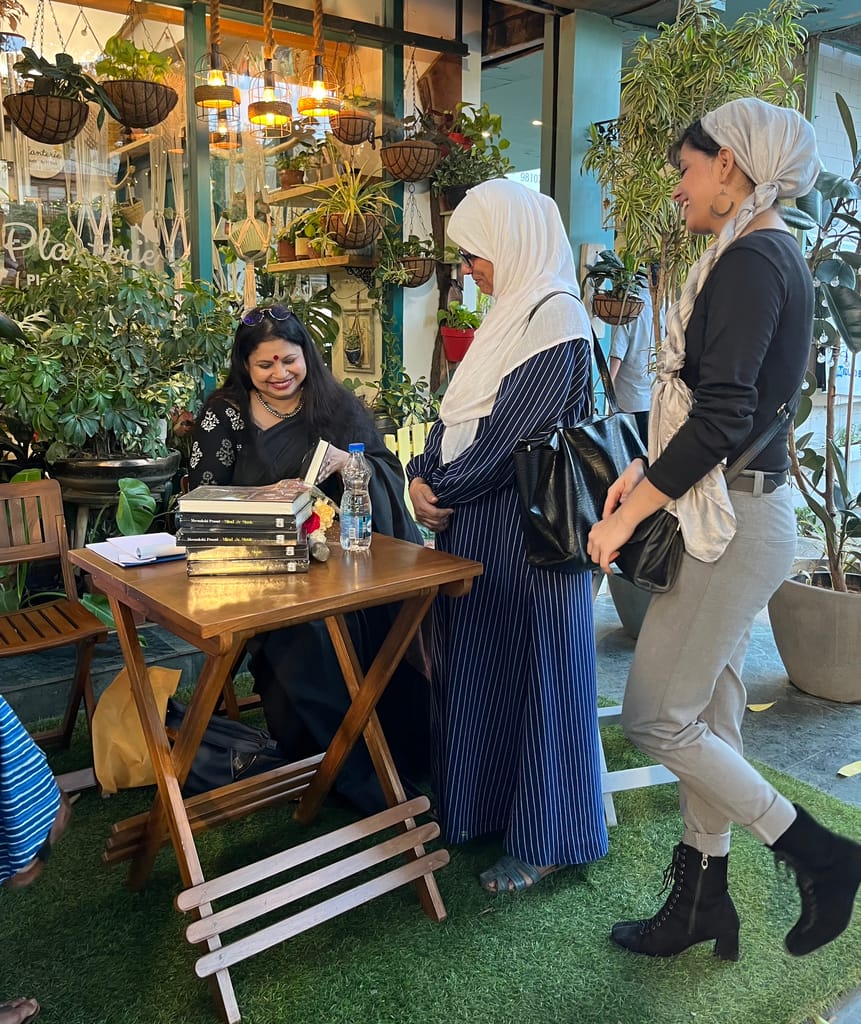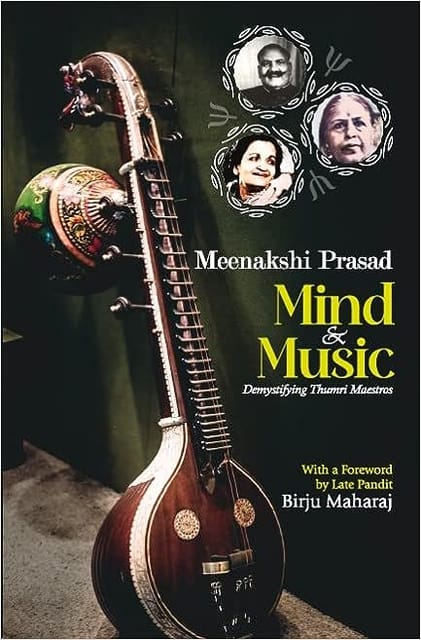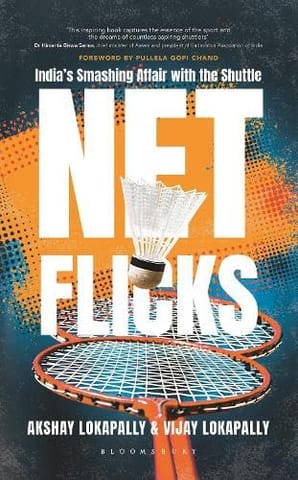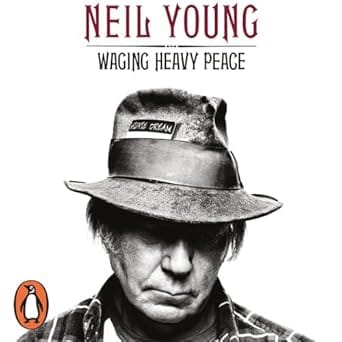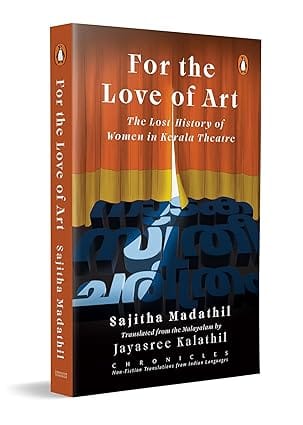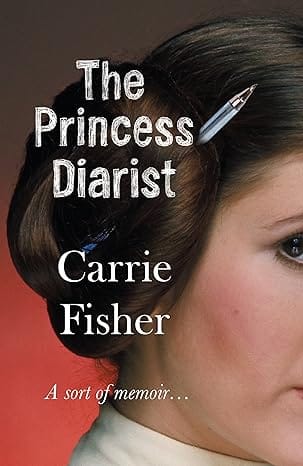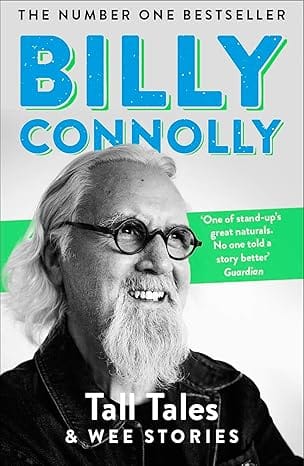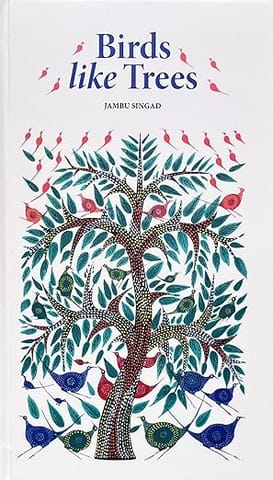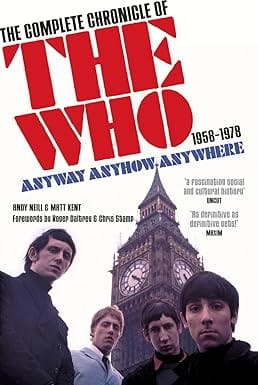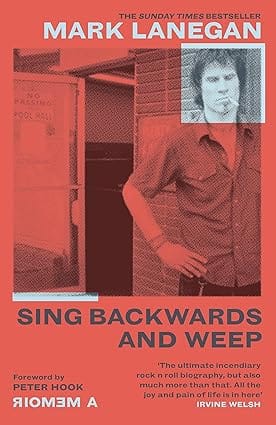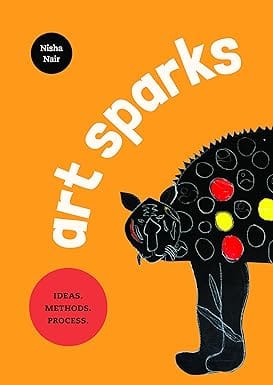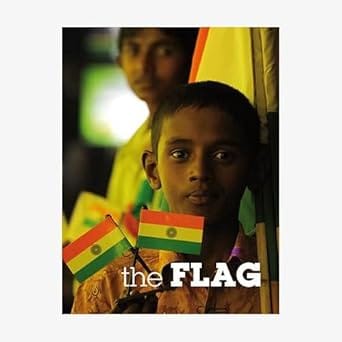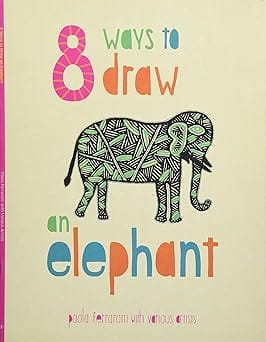- Non-ficton
- Non-ficton
- Contemporary Fiction
- Contemporary Fiction
- Children
- Children
- Comics & Graphic Novels
- Comics & Graphic Novels
- Non-Fiction
- Non-Fiction
- Fiction
- Fiction
Mind and Music: Demystifying Thumri Maestros (HB) | By Meenakshi Prasad (Author)
Indian classical music has two foundational elements, raga and tala. The raga forms a melody structure while the tala measures the time cycle. But the uniting feature of both the systems of music is the Raga System. Indian music has one of the most advanced and scientific systems of categorization of the melodic entities known as ragas and an equally sophisticated sense of rhythmic patterns or talas.
In the complex galaxy of Indian Classical Music, Thumri serves as a bridge between traditional classical and folk music. Thumri was traditionally a part of the Braj Folk Music and typically a vocal form. Most commonly used ragas are - khamaj, jhinjhaunti, bhairvi, sindura, tilak kamod, peelu, desh, tilang and kafi. It is understood that almost all the mentioned ragas belong to Sampurna Jaati (i.e. they use all the seven swaras).
Often regarded as a semi-classical form, because of its flexible nature in experimenting with the lyrics, ragas and talas, Thumri can be broadly classified into two branches, ‘Bandishi Thumri’ and ‘Bol Banao Thumri’. After Braj Bhaashaa, Khari Boli or Urdu elements are slightly more common in ‘Bandishi Thumri’, as most of these were composed by Urdu-speaking musicians based in Lucknow. As far as ‘Bol Banao Thumri’ is concerned Avadhi and Bhojpuri occur somewhat more frequently. This is primarily because many of them presently originate from the provincial towns of Banaras and Gaya thus were more subject to local influence.
While generally stressing unrequited love, Thumri text ranges from the mystical to the explicitly erotic, but there is an inherent spirituality even in eroticism as the propagators of the Madhurya Bhakti tradition link it to a form of Krishna Bhakti (worship). They believe that all living souls are deemed feminine and the only masculine super soul is Krishna. It is this pining union with the man (Krishna in this case) that creates the body-text for Thumri compositions predominantly written from a women’s perspective.
But this book is not merely a chronicle on the nuances, history and evolution of Thumri. It germinates from the author’s exposure and love for this musical form from a very young age and culminates into analysing the psychological aspects that create and sustain a person par excellence who is pursuing this extraordinary art form.
Being formally educated in mainstream psychology and being trained by one of the doyens in the field of Thumri, Vidushi Savita Devi, the author has shown commendable expertise in fusing the two fields of study with years of research and study and prepared an exquisite exposition which is equally interesting and valuable for the connoisseur, aspiring artists and their parents and to any and everybody
interested to understand how to cut out a precious diamond out of themselves from a raw carbon crystal.
The book covers studies, observations from early 20th century till present date (Ustad Bade Ghulam Ali Khan to living legends like Pandit Ajoy Chakrabarty), approximately covering a period of 115 years. It has been divided into 11 Chapters.
.png)
Mind & Music Demystifying Thumri Maestros
SIZE GUIDE
- ISBN: 9789391759674
- Author: Meenakshi Prasad
- Publisher: Mlbd
- Pages: 329
- Format: Hardback
Book Description
Mind and Music: Demystifying Thumri Maestros (HB) | By Meenakshi Prasad (Author)
Indian classical music has two foundational elements, raga and tala. The raga forms a melody structure while the tala measures the time cycle. But the uniting feature of both the systems of music is the Raga System. Indian music has one of the most advanced and scientific systems of categorization of the melodic entities known as ragas and an equally sophisticated sense of rhythmic patterns or talas.
In the complex galaxy of Indian Classical Music, Thumri serves as a bridge between traditional classical and folk music. Thumri was traditionally a part of the Braj Folk Music and typically a vocal form. Most commonly used ragas are - khamaj, jhinjhaunti, bhairvi, sindura, tilak kamod, peelu, desh, tilang and kafi. It is understood that almost all the mentioned ragas belong to Sampurna Jaati (i.e. they use all the seven swaras).
Often regarded as a semi-classical form, because of its flexible nature in experimenting with the lyrics, ragas and talas, Thumri can be broadly classified into two branches, ‘Bandishi Thumri’ and ‘Bol Banao Thumri’. After Braj Bhaashaa, Khari Boli or Urdu elements are slightly more common in ‘Bandishi Thumri’, as most of these were composed by Urdu-speaking musicians based in Lucknow. As far as ‘Bol Banao Thumri’ is concerned Avadhi and Bhojpuri occur somewhat more frequently. This is primarily because many of them presently originate from the provincial towns of Banaras and Gaya thus were more subject to local influence.
While generally stressing unrequited love, Thumri text ranges from the mystical to the explicitly erotic, but there is an inherent spirituality even in eroticism as the propagators of the Madhurya Bhakti tradition link it to a form of Krishna Bhakti (worship). They believe that all living souls are deemed feminine and the only masculine super soul is Krishna. It is this pining union with the man (Krishna in this case) that creates the body-text for Thumri compositions predominantly written from a women’s perspective.
But this book is not merely a chronicle on the nuances, history and evolution of Thumri. It germinates from the author’s exposure and love for this musical form from a very young age and culminates into analysing the psychological aspects that create and sustain a person par excellence who is pursuing this extraordinary art form.
Being formally educated in mainstream psychology and being trained by one of the doyens in the field of Thumri, Vidushi Savita Devi, the author has shown commendable expertise in fusing the two fields of study with years of research and study and prepared an exquisite exposition which is equally interesting and valuable for the connoisseur, aspiring artists and their parents and to any and everybody
interested to understand how to cut out a precious diamond out of themselves from a raw carbon crystal.
The book covers studies, observations from early 20th century till present date (Ustad Bade Ghulam Ali Khan to living legends like Pandit Ajoy Chakrabarty), approximately covering a period of 115 years. It has been divided into 11 Chapters.
.png)
User reviews
NEWSLETTER
Subscribe to get Email Updates!
Thanks for subscribing.
Your response has been recorded.

India's Iconic & Independent Book Store offering a vast selection of books across a variety of genres Since 1978.
"We Believe In The Power of Books" Our mission is to make books accessible to everyone, and to cultivate a culture of reading and learning. We strive to provide a wide range of books, from classic literature, sci-fi and fantasy, to graphic novels, biographies and self-help books, so that everyone can find something to read.
Whether you’re looking for your next great read, a gift for someone special, or just browsing, Midland is here to make your book-buying experience easy and enjoyable.
We are shipping pan India and across the world.
For Bulk Order / Corporate Gifting
 +91 9818282497 |
+91 9818282497 |  [email protected]
[email protected]
Click To Know More
INFORMATION
QUICK LINKS
ADDRESS
Shop No.20, Aurobindo Palace Market, Near Church, New Delhi

